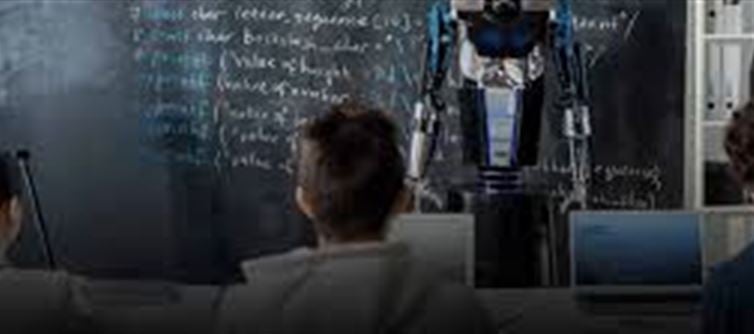
Overview
In india and around the world, teachers spend a significant portion of their workday on administrative and non-teaching tasks—grading papers, preparing lesson plans, managing attendance, and coordinating extracurricular activities. This leads to:
· Teacher burnout
· Reduced time for personalized student attention
· Lower overall classroom engagement
Emerging technologies like AI and automation are stepping in to streamline these processes, allowing educators to focus on core teaching and student development.
How AI and Automation Are Transforming Education
1. Automating Administrative Tasks
· Grading & Assessment: AI tools can evaluate multiple-choice or short-answer tests, reducing teacher workload.
· Attendance & Scheduling: Automation systems can handle roll calls, class timetables, and notifications.
· Data Analysis: AI can track student performance trends and provide actionable insights.
Impact: teachers gain extra hours to prepare lessons, mentor students, and innovate teaching methods.
2. Personalized Learning for Students
· AI-driven platforms can adapt lessons to individual student needs.
· Recommendations for remedial practice or advanced challenges help keep students engaged.
· Gamified and interactive AI tools make learning more fun and effective.
Impact: students receive tailored support, which can improve understanding, retention, and overall academic performance.
3. Reducing Teacher Burnout
· By offloading repetitive tasks, AI allows teachers to focus on pedagogy and creativity.
· Reduced stress leads to better teacher satisfaction, retention, and mental well-being.
4. Enhancing Classroom Engagement
· Virtual labs, simulations, and AI tutors make complex topics easier to grasp.
· teachers can spend more time on interactive discussions, project-based learning, and mentoring, rather than routine administrative duties.
Challenges and Considerations
· Training: teachers need proper guidance to use AI tools effectively.
· Equity: Access to AI-driven platforms must be inclusive, reaching rural and underprivileged schools.
· Privacy & Security: Student data must be handled responsibly.
Conclusion
AI and automation in education are not replacing teachers—they are empowering them. By reducing administrative burdens, teachers can focus on engaging students, nurturing critical thinking, and creating meaningful learning experiences.
In india, where teacher burnout is high and classroom sizes are large, AI could be a game-changer, making education more efficient, personalized, and sustainable.
Disclaimer:
The views and opinions expressed in this article are those of the author and do not necessarily reflect the official policy or position of any agency, organization, employer, or company. All information provided is for general informational purposes only. While every effort has been made to ensure accuracy, we make no representations or warranties of any kind, express or implied, about the completeness, reliability, or suitability of the information contained herein. Readers are advised to verify facts and seek professional advice where necessary. Any reliance placed on such information is strictly at the reader’s own risk..jpg)




 click and follow Indiaherald WhatsApp channel
click and follow Indiaherald WhatsApp channel